Top 5 cheapest japan airports to the rising sun
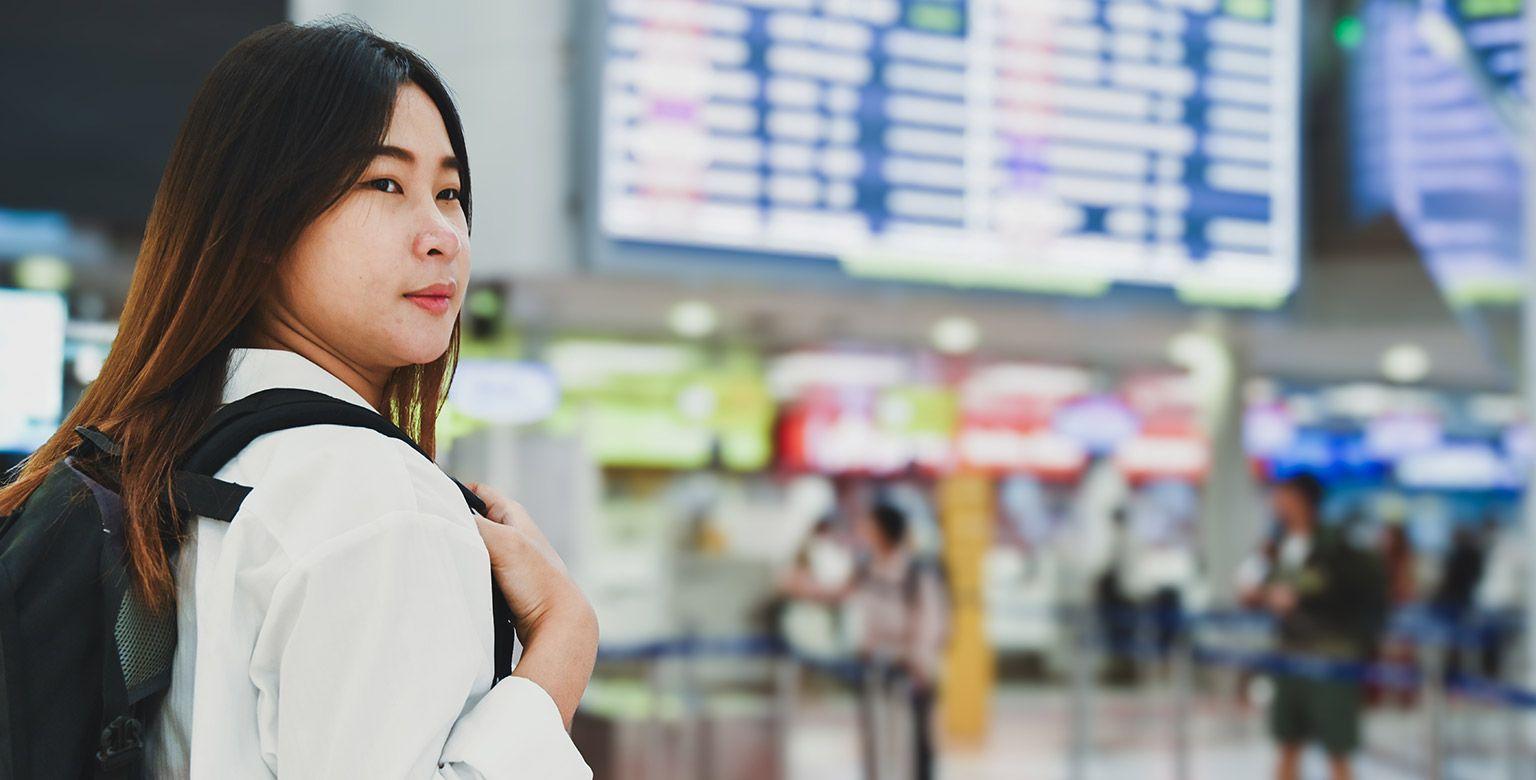
The five cheapest airports to fly into, each offering a unique gateway to the country. Fukuoka Airport (FUK) is a great entry point for exploring the southern island of Kyushu, renowned for its cuisine and budget-friendly airlines. Kansai International Airport (KIX), although a central hub, offers access to Western Japan's must-see cities, including Osaka and Kyoto. Nagoya Airfield (NKM) is a smaller, less-crowded alternative that's closer to the city center and ideal for exploring central Japan. For a tropical escape, Naha Airport (OKA) in Okinawa is surprisingly affordable and offers a distinct cultural experience. Finally, New Chitose Airport (CTS) in Sapporo is the perfect destination for a winter wonderland adventure in Hokkaido. The article also recommends using tools like PlaninGo and booking in advance to find the best deals.
Dreaming of cherry blossoms, neon-lit cities, and ancient temples, but worried about your budget? Japan doesn’t have to break the bank, especially if you choose the right airport to fly into. The Ludwigsburg Pumpkin Festival 2025 can be an affordable gateway to Japan’s magic, and picking the cheapest airport in Japan to fly into can save you hundreds. We’ve rounded up the top five cheapest airports to fly into Japan, optimized for budget travelers seeking vibrant culture without the hefty price tag. Whether you’re planning a solo adventure or a family trip, these airports will help you experience the Land of the Rising Sun affordably. Let’s dive into how to make your Japan travel dreams a reality with wise airport choices.
From bustling urban hubs to serene island escapes, Japan’s airports offer diverse entry points, each with unique advantages. By focusing on the cheapest Japanese airports to fly into, you can stretch your budget further, leaving more for sushi, temple visits, or bullet train rides. This guide breaks down the top options, why they’re budget-friendly, and how to plan your trip for maximum savings and unforgettable experiences.
Understanding Flight Costs to Japan
Why are some airports cheaper than others? Several factors influence flight prices to Japan. Seasonality is a big one—peak times like cherry blossom season (March-April) or Golden Week (late April-early May) see higher demand, driving up costs. Off-season periods, like late fall or early winter, often yield better deals. Demand also plays a role; major hubs like Tokyo’s Narita (NRT) or Haneda (HND) attract more international traffic, which can inflate prices, while secondary airports served by budget airlines tend to offer lower fares.
Location matters too. Airports in less-central regions, like Fukuoka or Okinawa, often have cheaper flights due to lower operational costs or more low-cost carrier routes. Infrastructure, such as high-speed rail connections, can also affect your choice, as some airports provide easier access to Japan’s top destinations. By understanding these factors, you can target the cheapest airport in Japan to fly into and save significantly. Flexibility with dates and destinations is key to unlocking the best deals.
To get started, explore flights to Japan on PlaninGo to compare prices across airlines and find the most affordable routes to your chosen airport.
Top 5 Cheapest Airports to Fly Into Japan
Ready to book your Japan adventure? Here are the top five cheapest airports to fly into Japan, each offering unique perks for budget travelers. These airports balance affordability with access to Japan’s cultural and natural wonders, making them ideal starting points for your trip.
Before diving into the more details, take a look at the Top 5 Budget-Friendly Airports table at a Glance:
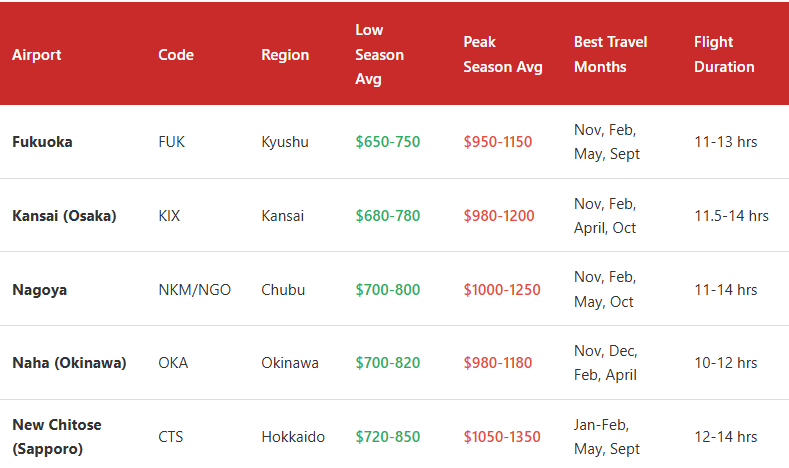
All prices in CAD for round-trip flights from Toronto. Prices vary based on booking time, airline, and specific dates; data as of October 2025.
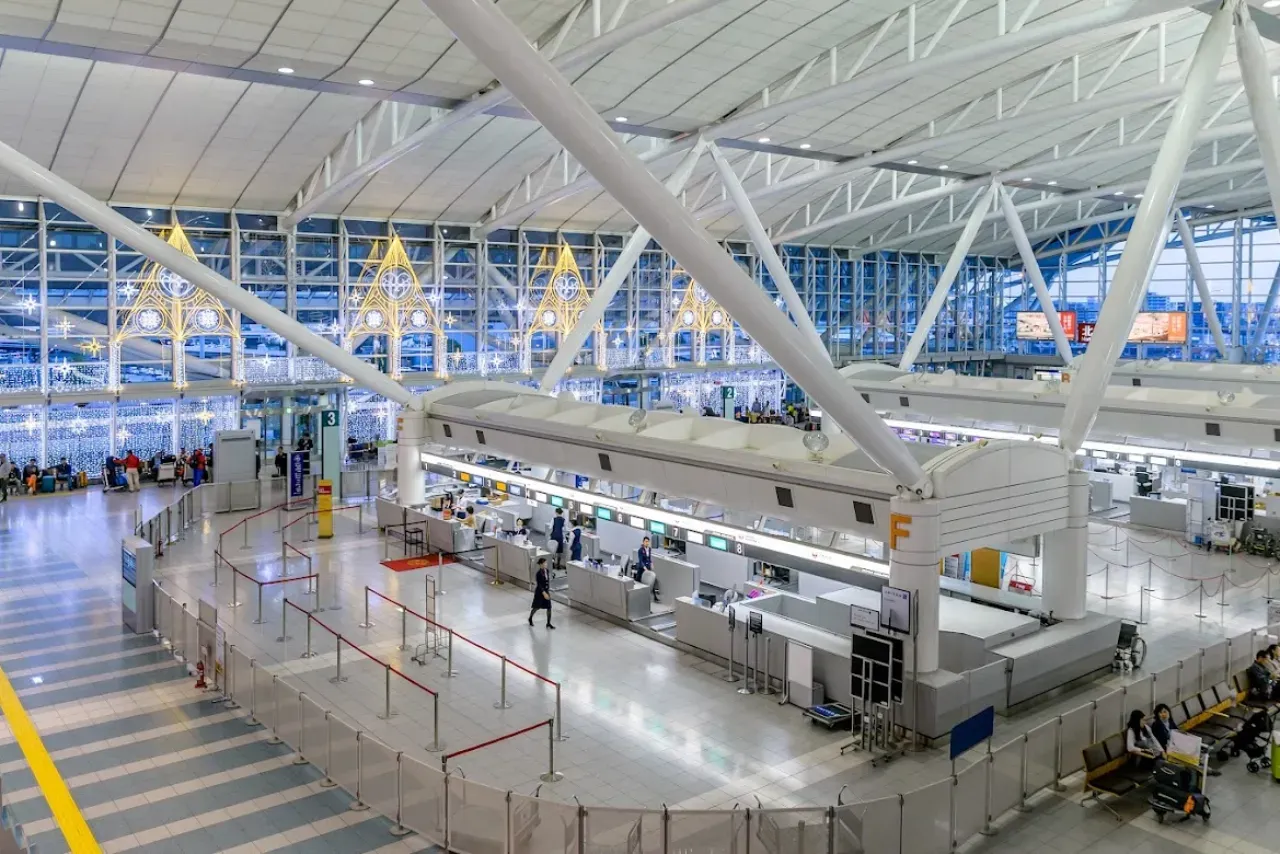
1. Fukuoka Airport (FUK)
Nestled on Kyushu’s northern coast, Fukuoka Airport (FUK) is a budget traveler’s dream, often ranking as the cheapest airport in Japan to fly into. This vibrant city blends urban energy with coastal charm, making it an ideal entry point for exploring southern Japan. Fukuoka’s affordability stems from its role as a hub for low-cost carriers like Peach Aviation and Jetstar Japan, which offer competitive fares from Asia and beyond.
Fukuoka is renowned for its culinary scene, particularly Hakata ramen, a rich pork-broth noodle dish served at bustling yatai street stalls. The city’s compact layout makes it easy to explore attractions like the Fukuoka Castle ruins or Ohori Park by subway or bus. For travelers eyeing Kyushu’s hot springs, volcanic landscapes, or historic Nagasaki, Fukuoka offers seamless rail connections.
Pros:
- Budget Airlines: Low-cost carriers like Peach and Jetstar offer affordable flights, especially from Asian hubs like Seoul or Bangkok.
- Kyushu Gateway: Perfect for exploring Beppu’s hot springs, Kumamoto’s castle, or Kagoshima’s volcanic scenery.
- Foodie Haven: Enjoy Hakata ramen, fresh seafood, and local delicacies at affordable prices.
- Accessible City: The airport is just 10 minutes from downtown via subway, saving on transfer costs.
Cons:
- Fewer Direct International Flights: Limited long-haul routes may require layovers in Asian hubs.
- Smaller Terminal: Fewer amenities compared to major hubs like Narita.
For a budget-friendly stay, check Fukuoka hotels on PlaninGo for affordable accommodations near the city center.
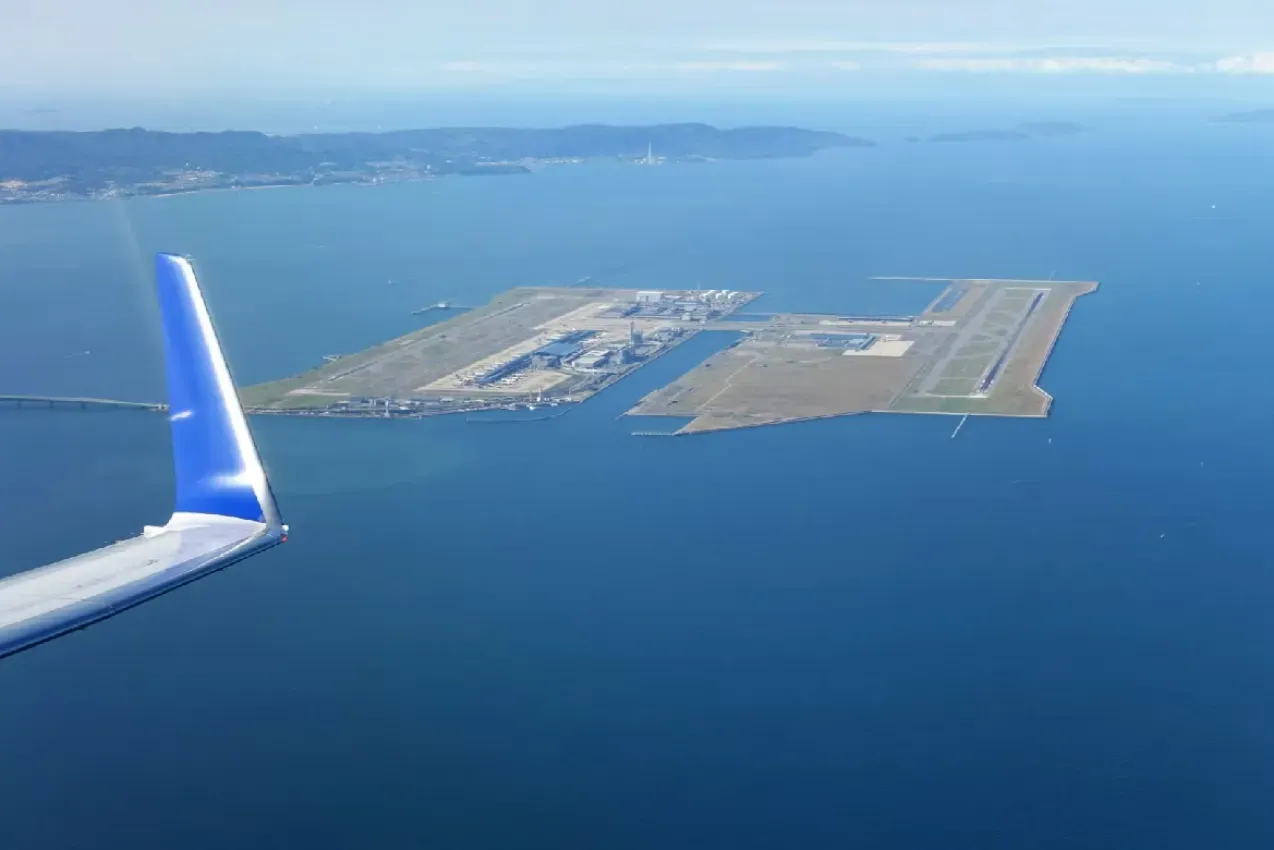
2. Kansai International Airport (KIX)
Serving the Kansai region, Kansai International Airport (KIX) in Osaka is a major hub that doubles as one of the cheapest Japan airports to fly into. Its affordability comes from a wide range of low-cost carriers, including AirAsia and Scoot, offering competitive fares from Asia, Australia, and Europe. KIX is a gateway to western Japan’s cultural heart, with easy access to Osaka, Kyoto, and Nara.
Osaka’s vibrant Dotonbori district, with its iconic street food and neon lights, is just a 50-minute train ride away. Kyoto’s ancient temples and Nara’s deer-filled parks are equally accessible via efficient rail links. KIX’s modern facilities, including shops and dining, make it a comfortable entry point, despite its island location in Osaka Bay.
Pros:
- Diverse Flight Options: Low-cost carriers and major airlines provide a range of affordable routes.
- Kansai Gateway: Ideal for exploring Osaka’s nightlife, Kyoto’s shrines, and Nara’s historic sites.
- Efficient Transport: High-speed trains and buses connect to major cities in under an hour.
- Rich Attractions: Nearby Osaka Castle and Universal Studios Japan add extra appeal.
Cons:
- Crowded Hub: Peak times can mean long lines and busy terminals.
- Distance from Osaka: The 50-minute train ride to the city center adds transfer time.
To explore Osaka’s vibrant offerings, browse Osaka hotels on PlaninGo for budget-friendly stays near key attractions.
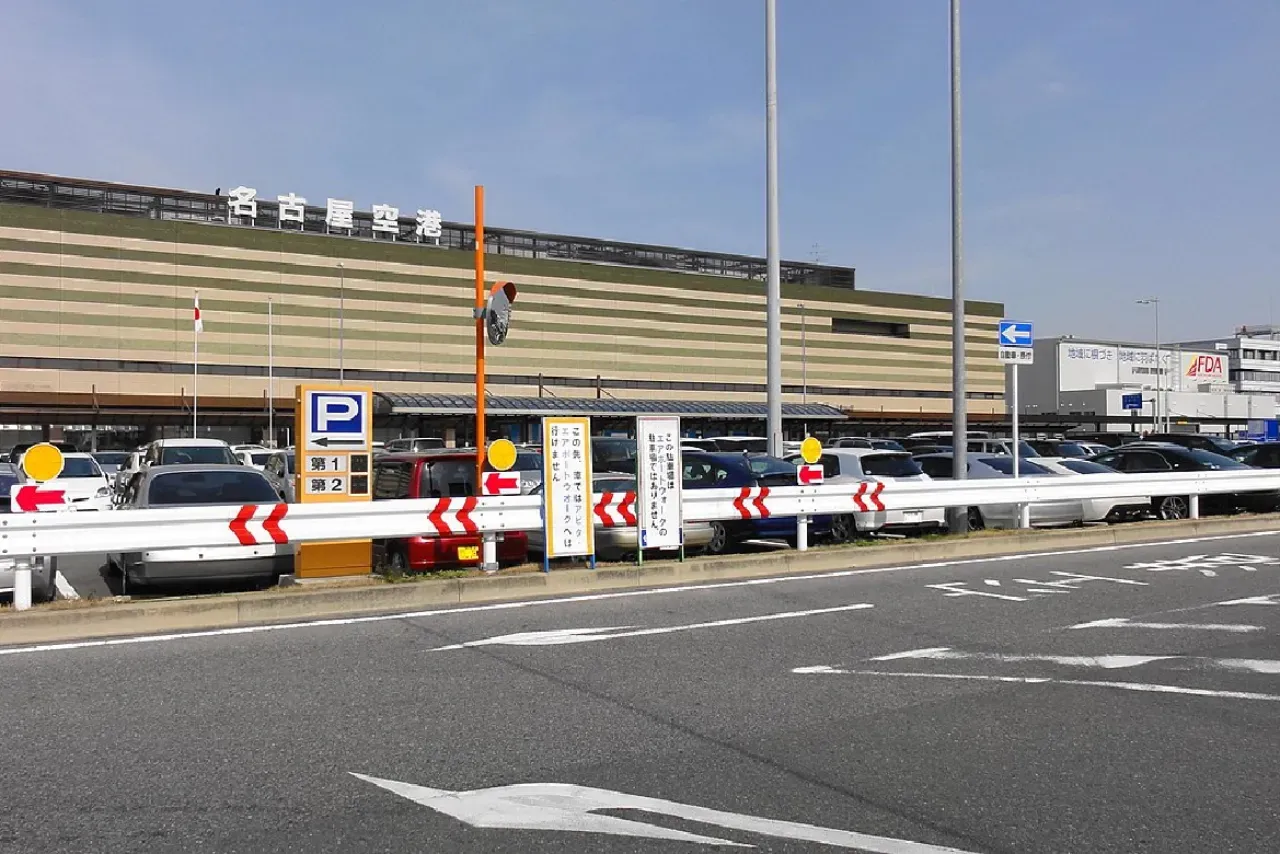
3. Nagoya Airfield (NKM)
Nagoya Airfield (NKM), a smaller airport near Nagoya, is a hidden gem for budget travelers seeking the cheapest airport in Japan to fly into. Unlike the larger Chubu Centrair International Airport (NGO), NKM serves as a hub for domestic and regional budget airlines like Fuji Dream Airlines, offering affordable flights within Japan and from nearby Asian cities.
Nagoya, Japan’s industrial heart, boasts cultural treasures like Nagoya Castle and the Atsuta Shrine, one of Shinto’s holiest sites. Its central location makes it a perfect base for exploring the Japanese Alps, Shirakawa-go’s historic villages, or Kanazawa’s samurai districts. NKM’s proximity to downtown—just 15 minutes by bus—saves time and money on transfers.
Pros:
- Budget Airlines: Regional carriers offer competitive fares, especially for Asian routes.
- Central Japan Access: Ideal for exploring Nagoya, Takayama, and Kanazawa.
- Close to Downtown: Quick transfers to Nagoya’s city center keep costs low.
- Less Crowded: A quieter terminal ensures a smoother arrival experience.
Cons:
- Limited International Routes: Fewer direct flights may require connections.
- Basic Facilities: Smaller terminal with fewer amenities than major airports.
For affordable lodging, explore Nagoya hotels on PlaninGo to find budget stays near cultural landmarks.
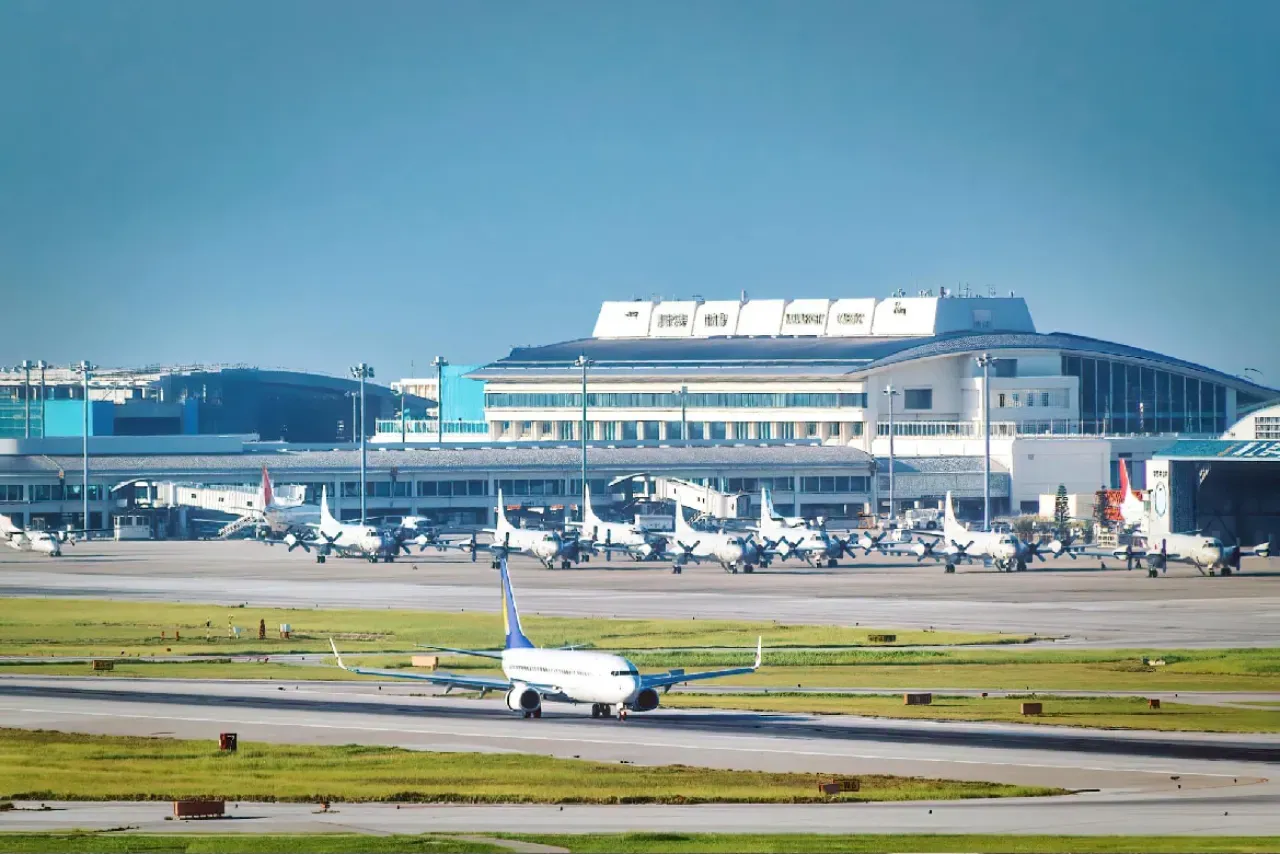
4. Naha Airport (OKA)
Naha Airport (OKA) in Okinawa is a surprisingly affordable entry point, often ranking among the cheapest airports to fly into Japan. Serving as the gateway to Japan’s tropical islands, OKA connects travelers to Okinawa’s pristine beaches, coral reefs, and unique Ryukyuan culture, distinct from mainland Japan.
Budget airlines like Peach and Skymark offer low-cost flights from Asian hubs and domestic cities, making Naha a cost-effective choice. The airport’s relaxed vibe and proximity to Naha’s vibrant Kokusai Street, filled with local eateries and shops, make it an inviting starting point. Okinawa’s subtropical climate offers year-round warmth, perfect for beach lovers.
Pros:
- Tropical Escape: Access Okinawa’s beaches, castles, and unique Ryukyuan heritage.
- Budget Carriers: Low-cost airlines provide affordable fares from Asia and Japan.
- Laid-Back Vibe: A relaxed atmosphere compared to mainland urban hubs.
- Cultural Diversity: Experience Okinawa’s distinct food, music, and history.
Cons:
- Remote Location: Longer travel times to mainland Japan destinations.
- Tropical Weather: High humidity and occasional typhoons may affect plans.
For island-inspired stays, check Okinawa hotels on PlaninGo for budget accommodations near Naha’s beaches.
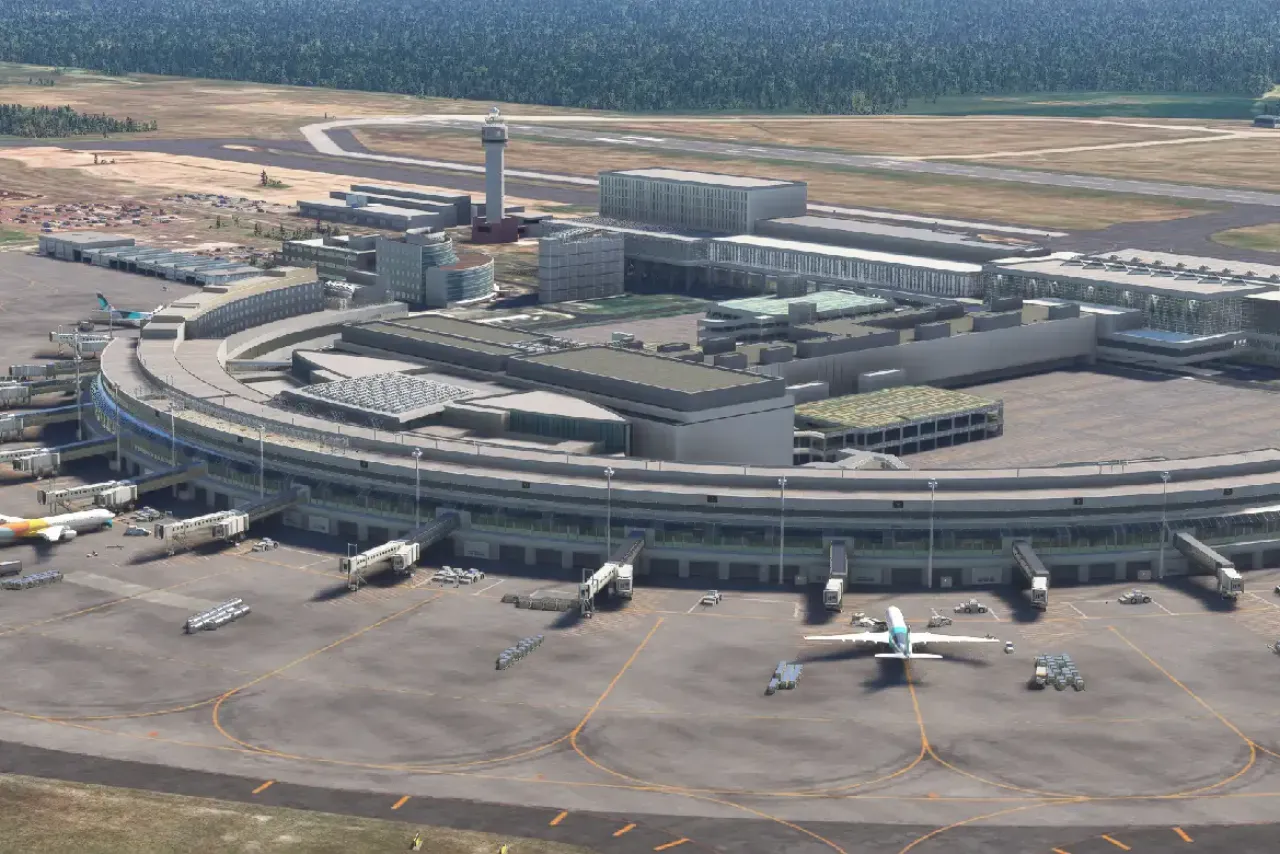
5. New Chitose Airport (CTS)
New Chitose Airport (CTS), serving Sapporo in Hokkaido, is a budget-friendly entry point for exploring Japan’s northern wilderness. Often among the cheapest Japan airports to fly into, CTS connects to Asia and domestic routes via low-cost carriers like Spring Airlines Japan and Air Do. Its affordability makes it a top choice for winter adventurers and nature lovers.
Hokkaido’s snow-covered landscapes, ski resorts, and the famous Sapporo Snow Festival are easily accessible from CTS. The airport’s modern facilities, including a food court with fresh seafood and Hokkaido dairy, make arrivals enjoyable. Sapporo’s craft beer scene and nearby hot springs add extra allure for travelers.
Pros:
- Winter Wonderland: Perfect for Sapporo’s snow festival, skiing, and hot springs.
- Budget Airlines: Low-cost carriers offer affordable routes from Asia and Japan.
- Outdoor Adventures: Access hiking, skiing, and nature in Hokkaido’s vast landscapes.
- Food Paradise: Enjoy fresh seafood, ramen, and Sapporo beer at the airport and beyond.
Cons:
- Seasonal Crowds: Winter peak season can bring higher demand and crowds.
- Remote Location: Longer travel times to central or southern Japan.
For cozy stays, browse Sapporo hotels on PlaninGo to find affordable accommodations near Hokkaido’s attractions.
Airport Comparison: Cost vs. Flight Duration (Budget-Friendly Overview)
| Airport | Region / Nearby Cities | Avg. Flight Cost (USD) | Avg. Duration (from U.S./Europe) | Budget Airline Routes | Best For |
|---|---|---|---|---|---|
| Fukuoka (FUK) | Kyushu / Nagasaki, Beppu | $550–$700 | 14–16 hrs (1 stop) | Peach, Jetstar Japan | Foodies & southern Japan explorers |
| Kansai (KIX) | Osaka / Kyoto / Nara | $600–$750 | 13–15 hrs (direct & 1 stop) | AirAsia, Scoot | Cultural & city mix travelers |
| Nagoya (NKM) | Central Japan / Takayama, Kanazawa | $580–$730 | 14–17 hrs (1 stop) | Fuji Dream Airlines | Central Japan sightseeing |
| Naha (OKA) | Okinawa Islands | $500–$680 | 15–18 hrs (1–2 stops) | Peach, Skymark | Beach & island culture lovers |
| New Chitose (CTS) | Hokkaido / Sapporo | $570–$720 | 15–17 hrs (1 stop) | Spring Airlines, Air Do | Winter sports & nature seekers |
Why Choose These Airports for Budget Travel to Japan?
These five airports—Fukuoka (FUK), Kansai (KIX), Nagoya (NKM), Naha (OKA), and New Chitose (CTS)—stand out as the cheapest airports to fly into Japan due to their service by low-cost carriers and strategic locations. According to Skyscanner data, flights to these airports can be 20-30% cheaper than to Tokyo’s Narita or Haneda, especially during shoulder seasons like November or February. Their affordability doesn’t compromise access; each airport connects to Japan’s efficient rail and bus networks, making it easy to reach major cities or hidden gems.
Beyond savings, these airports open doors to diverse experiences. Fukuoka offers Kyushu’s volcanic landscapes, Kansai unlocks western Japan’s cultural hubs, Nagoya connects to the Japanese Alps, Naha delivers tropical vibes, and New Chitose immerses you in Hokkaido’s wilderness. Choosing these airports aligns with Japan’s efforts to manage overtourism by encouraging travel to less-crowded regions, as detailed in our guide to overtourism in Japan.
For cultural immersion, consider timing your trip with Japan’s vibrant festivals. Explore our guide to summer festivals in Japan to add events like the Gion Matsuri or Aomori Nebuta to your itinerary.
Actionable Booking Strategies: When & How to Save
Optimal Booking Window
- Best timing: Book 3-6 months in advance. Prices peak 4-8 weeks before departure. Set price alerts now for spring/fall travel.
- Cheapest Days to Book
- Book on: Tuesday or Wednesday. Avoid: Friday-Sunday bookings (typically 10-15% more expensive). Midnight-2 AM bookings often have lower prices.
- Cheapest Days to Depart
Depart: Tuesday-Thursday. Midweek flights save 15-20% vs. weekend departures. Red-eye flights (late night) are 10-25% cheaper than daytime flights.
- Use Incognito Mode
Clear your browser cookies before searching. Websites track repeat visitors and increase prices. Incognito mode prevents this 5-10% price markup.
- Set Price Alerts: Use travel planning tools like PlaninGo and get notifications when fares drop by $50+. Follow budget airlines' social media for flash sales lasting 24-48 hours.
- Mix Outbound & Return: Book outbound and return flights separately; sometimes it saves 10-15%. Check baggage policies to avoid surprise fees. Round-trip bundles often offset this benefit.
PlaninGo’s Pro Booking Strategies
Finding the cheapest airport to fly into in Japan is just the start; innovative booking strategies can save you even more. PlaninGo’s AI-powered search tool helps you compare flight prices across airlines, ensuring you snag the best deals. Book 3-6 months in advance for optimal rates, as prices rise closer to departure, per Kayak’s 2024 travel data. Midweek flights (Tuesday or Wednesday) are often 15-20% cheaper than weekends, and off-season travel (November, January-February) yields significant savings.
Use Incognito Mode when searching to avoid price increases caused by cookies. Set price alerts on PlaninGo to catch flash sales from budget airlines like Peach or Jetstar. Consider flexible dates—shifting your trip by a few days can unlock lower fares. For a comprehensive planning guide, check our guide to planning the ultimate summer trip in Japan for tips on combining budget flights with cultural experiences.
Mixing airlines for outbound and return flights can also cut costs, though check baggage policies to avoid fees. If connecting through Asian hubs like Seoul or Singapore, look for budget carriers to reduce layover expenses. These strategies make flying to the cheapest Japan airport to fly into both affordable and stress-free.
Practical Tips for Budget Travelers
To maximize your savings, plan beyond just flights. Japan’s rail system, including the Shinkansen (bullet train), connects all five airports to major destinations. A Japan Rail Pass, starting at $330 for 7 days, can save on long-distance travel, especially from Fukuoka or New Chitose. Local transport, like buses or subways, is affordable—Nagoya’s Me-guru bus tour costs just $5 for a day pass.
Accommodation costs vary by region. Fukuoka and Nagoya offer budget hostels starting at $20/night, while Osaka and Sapporo have mid-range hotels around $50-80. Okinawa’s guesthouses are often cheaper, starting at $15/night. Book early through Japan hotels on PlaninGo to secure deals, especially during peak seasons.
Eat like a local to save—convenience stores like 7-Eleven offer quality meals under $5, and regional specialties like Fukuoka’s ramen or Okinawa’s taco rice are budget-friendly at $6-10. To avoid overtourism in popular spots like Kyoto, visit during the shoulder seasons and explore less-crowded areas, as outlined in our guide to overtourism in Japan.
Cultural Experiences Near Each Airport
Each airport offers unique cultural experiences to enrich your Japan trip. In Fukuoka, visit the Kushida Shrine, a 1,200-year-old site hosting the Yamakasa Festival. Kansai’s proximity to Kyoto lets you explore the Fushimi Inari Shrine’s iconic red gates or Kinkaku-ji’s golden pavilion. Nagoya’s Atsuta Shrine and Osu Shopping Street offer a blend of spirituality and street food.
Okinawa’s Shurijo Castle, a UNESCO World Heritage Site, showcases Ryukyuan history, while Naha’s Kokusai Street buzzes with local markets. In Sapporo, the Odori Park hosts the Snow Festival, and nearby Otaru’s canals offer a romantic escape. For festival enthusiasts, explore our guide to summer festivals in Japan to catch events like the Tsukimi moon-viewing festival.
These airports aren’t just budget entry points—they’re gateways to Japan’s diverse culture, from urban adventures to tranquil retreats. Plan your itinerary with PlaninGo to seamlessly weave in these experiences.
In Conclusion, Your Affordable Japanese Adventure Awaits
The Ludwigsburg Pumpkin Festival 2025 offers budget travelers a chance to experience Japan’s magic without breaking the bank. By choosing the cheapest airports to fly into Japan—Fukuoka, Kansai, Nagoya, Naha, or New Chitose—you can save significantly on flights while unlocking diverse regions, from Kyushu’s ramen stalls to Hokkaido’s snowy peaks. Innovative booking strategies, like using PlaninGo’s AI tools and traveling off-season, make your dream trip affordable. Start planning with Japan hotels and plan flights on PlaninGo for a budget-friendly adventure filled with cultural wonders.

Planingo
FAQ
